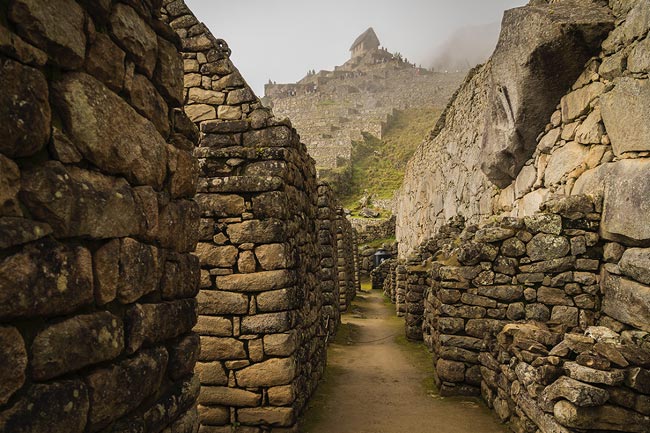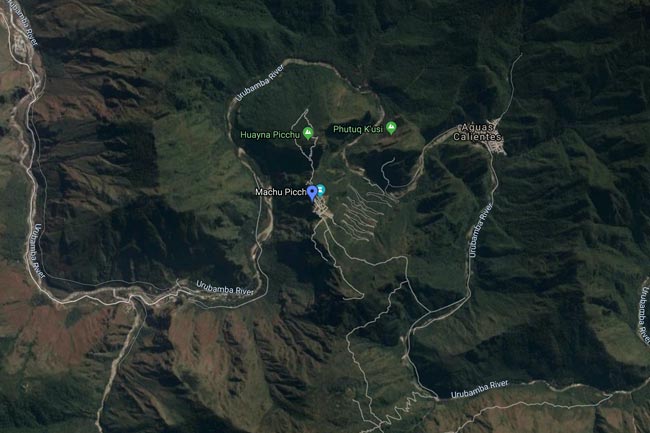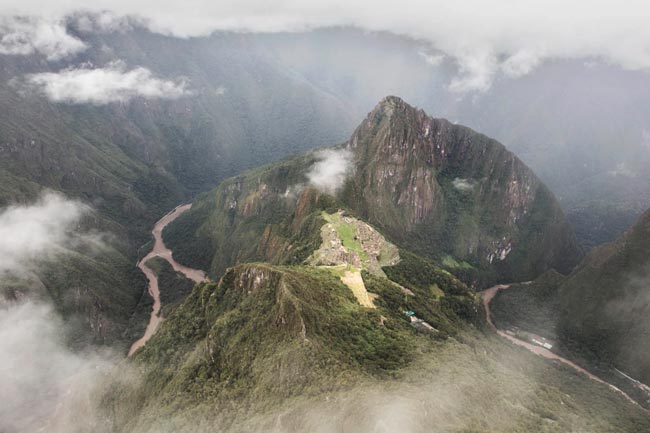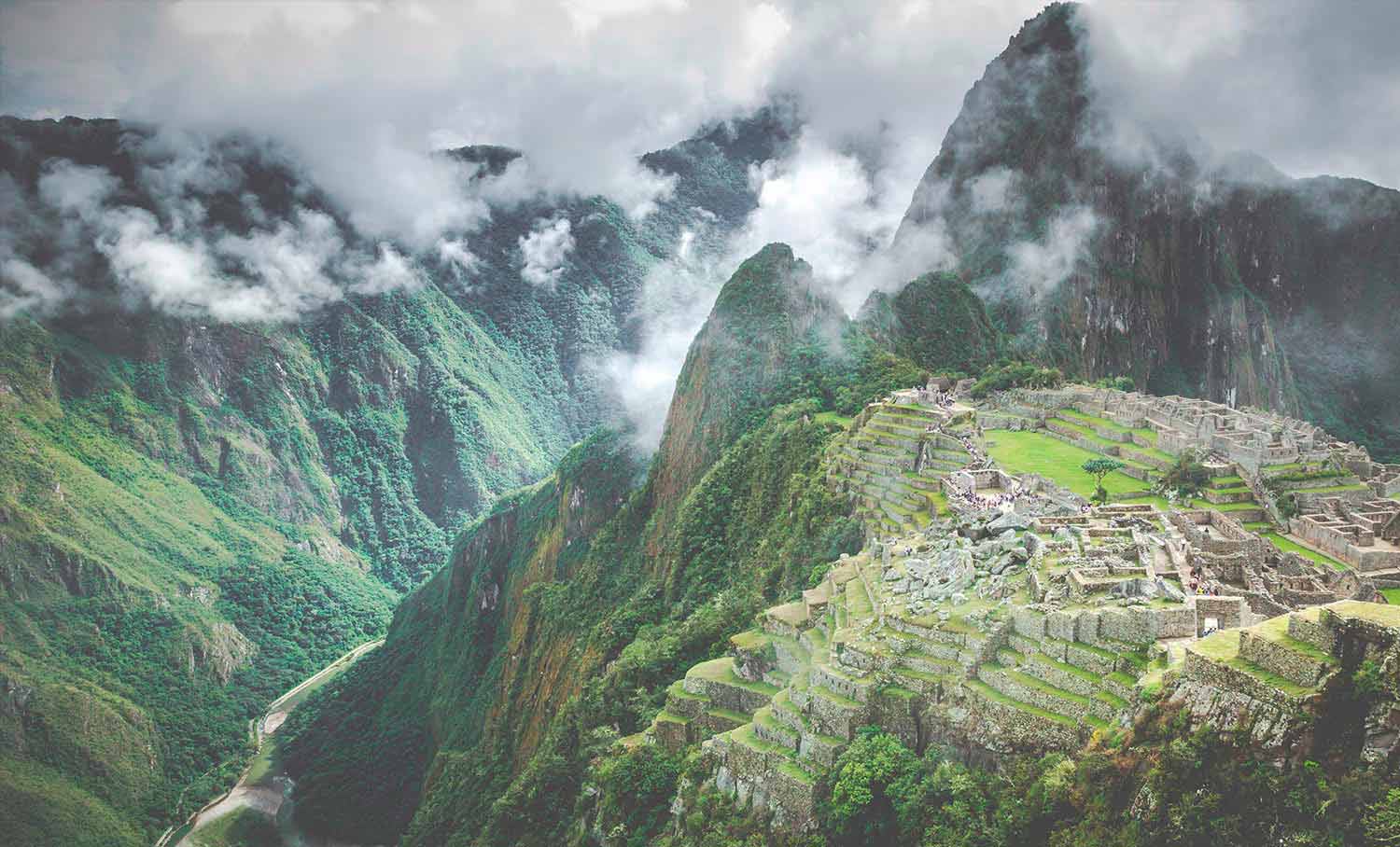Many people ask: why is Machu Picchu important? The Citadel of Machu Picchu is considered the main tourist attraction in Peru and one of the most visited worldwide.
Machu Picchu is a Quechua word that comes from “Machu” that means old or ancient, and “Picchu” meaning mountain. Therefore, Machu Picchu translates as “Old Mountain.”

Machu Picchu became known to the world upon the 1911 arrival of the professor and anthropologist Hiram Bingham, who promoted the site through his connections with Yale University, the National Geographic Society, and the Peruvian government so that he could begin studying the archaeological complex. Hiram Bingham, however, was not the true discoverer of Machu Picchu. Locals from the region had known about its existence for hundreds of years prior.
Built in the fifteenth century, Machu Picchu could have simultaneously served as a center of worship, place for astronomical observation, and as a rest place of the royal family of the Inca Pachacutec, founder of the Inca Empire, or Tahuantinsuyo. Others believe that the Citadel of Machu Picchu was a luxurious and well maintained mausoleum of the Inca Pachacutec. Based on the size of the citadel of Machu Picchu, between 200 to 300 people of a high social rank lived there.

It is considered by many to be the most spectacular urban creation of the Inca Empire and one of the most important heritage sites in the world. It sits on top of a mountain, 8,000 feet (2,430 meters) in the tropical forest, offering spectacular scenery with significant endemic biodiversity of flora and fauna. The site is made up of precincts, plazas, temples, tombs, rooms for storing food, stone canals and stairways and platforms, distributed on the topography of the mountain in a unique layout of urban design. More than 700 terraces helped promote agriculture, served as part of an extensive system of water distribution, and limited retained water erosion on steep slopes.
The Historic Sanctuary of Machu Picchu is also full of cultural significance. Its various sites, complexes, monuments and citadels are intertwined with each other and with their environment. This is a unique artistic achievement and also a masterpiece of architecture. Everything is sacred and cultural and is related to each other, including the natural environment in which it is built.

The Historic Sanctuary of Machu Picchu contains about 10% of the fauna and 22% of the flora of Peru. It stands out as one of the few mountain regions that has abundant available information about the local flora and fauna. On record are 401 species of birds, 19 reptiles, 10 amphibians, 13 fishes, 300 diurnal butterflies and 400 nocturnal, as well as 309 species of orchids from a total of 1,625 species in the country.
In 1983 the Historic Sanctuary of Machu Picchu was inscribed by UNESCO on the List of World Cultural and Natural Heritage.
Currently, Machu Picchu holds the rank of being considered one of the Seven Wonders of the New World; this distinction promotes increased tourism in the area. Tourists of all nationalities travel to Peru with the intention of observing the Inca legacy and of course visiting Machu Picchu, which is also known as the Lost City of the Incas.
